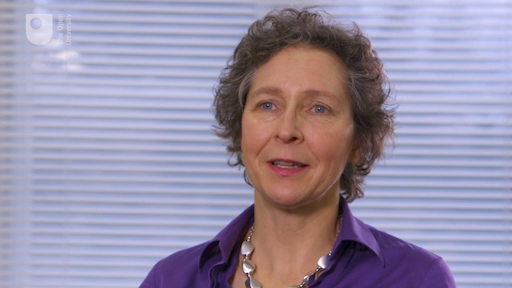5 Interviews
An interview is an obvious place to share your personal brand − after all, that’s what you’re there for. You also have the advantage of knowing that the interviewers want to hear what you have to say.
Interview preparation and technique is covered in depth by many excellent resources. Visit the Open University Careers and Employability page on CVs, application forms and interviews [Tip: hold Ctrl and click a link to open it in a new tab. (Hide tip)] to find out more.
In this section, you’ll focus on how to present your personal brand in an interview.
There are three key things that an interviewer is trying to ascertain during an interview:
- Can you do the job – have you got the right strengths, knowledge, experience?
- Will you do the job – are you motivated, enthusiastic, engaged?
- Will you fit in – do your values and personality traits align with the culture of the organisation?
So, even though you are nervous, it’s important to show the ‘real’ you, particularly in relation to the last point – determining cultural fit.
Jane Chapman, Partner at True Colours Image Consultancy, has the following advice for presenting your brand visually in an interview:

Transcript: Video 5 Jayne Chapman - Top Tips
If you get your image right, you’ll feel more confident and the interviewers will spend less time focusing on your appearance and more on listening to what you are saying.
Some other top tips include:
- Tip #1 – Don’t over-rehearse. If you do, you risk coming across as wooden and disengaged, and not authentic. There’s also a strong chance that you’ll give your rehearsed answer instead of answering the actual question.
- Tip #2 – Be yourself. If you’ve done your homework, you should already know that your values align with the company’s, so being yourself and sharing those values in your answers is much more likely to win them over.
- Tip #3 – Be consistent in your messages. Treat everyone you meet, from the receptionist to the person who holds the door open as you pass, in the same way. Engage them in conversation, make eye contact, smile.
Being honest and coming across as authentic is often linked to our self-confidence, which can be low when we are nervous.
Public speaking expert Robert Kermode suggests the following techniques for beating interview nerves (Kermode, 2014):
- Don’t speak too fast. Nerves tend to make us speed up, so while you’re waiting for your interview, breathe in through your nose very slowly for a count of three. Then breathe out through your nose for a count of three. Repeat this three times. That should take you a total of 18 seconds. In that time you will have significantly lowered your heart rate and when you speak, you’ll find you aren’t rushing.
- Stop yourself shaking. Simply squeeze your buttocks or your thigh muscles. It’s almost physically impossible to have shaky hands if your buttocks or your thigh muscles are clenched. This technique will help you feel and appear more confident – and most clothes will completely mask your actions.
- Stop your voice shaking. Open your throat by sticking your tongue out as far as it will go, and try to say the whole of the Humpty Dumpty nursery rhyme out loud. This will open the back of the throat and you’ll sound more confident and have more authority. Of course, you should do this before the interview – not in front of the panel!
Activity 4 Try it out
The next time you have to deal with a stressful situation, try one or more of the techniques outlined above.
Note how it made you feel in the box below:
Just in case you don’t know it, here are the words to Humpty Dumpty:
Humpty Dumpty sat on a wall
Humpty Dumpty had a great fall
All the king’s horses and all the king’s men
Couldn’t put Humpty together again.
Discussion
These techniques can be useful for any stressful situation where you will be talking to others, not just job interviews. For example, you could use them to calm your nerves before giving a presentation or having a difficult conversation with a colleague.
Boosting your self confidence prior to an interview allows you to behave more naturally and this will help you to connect more effectively with your interviewers. If your personal brand is clear, they can more easily evaluate what you have to offer.

